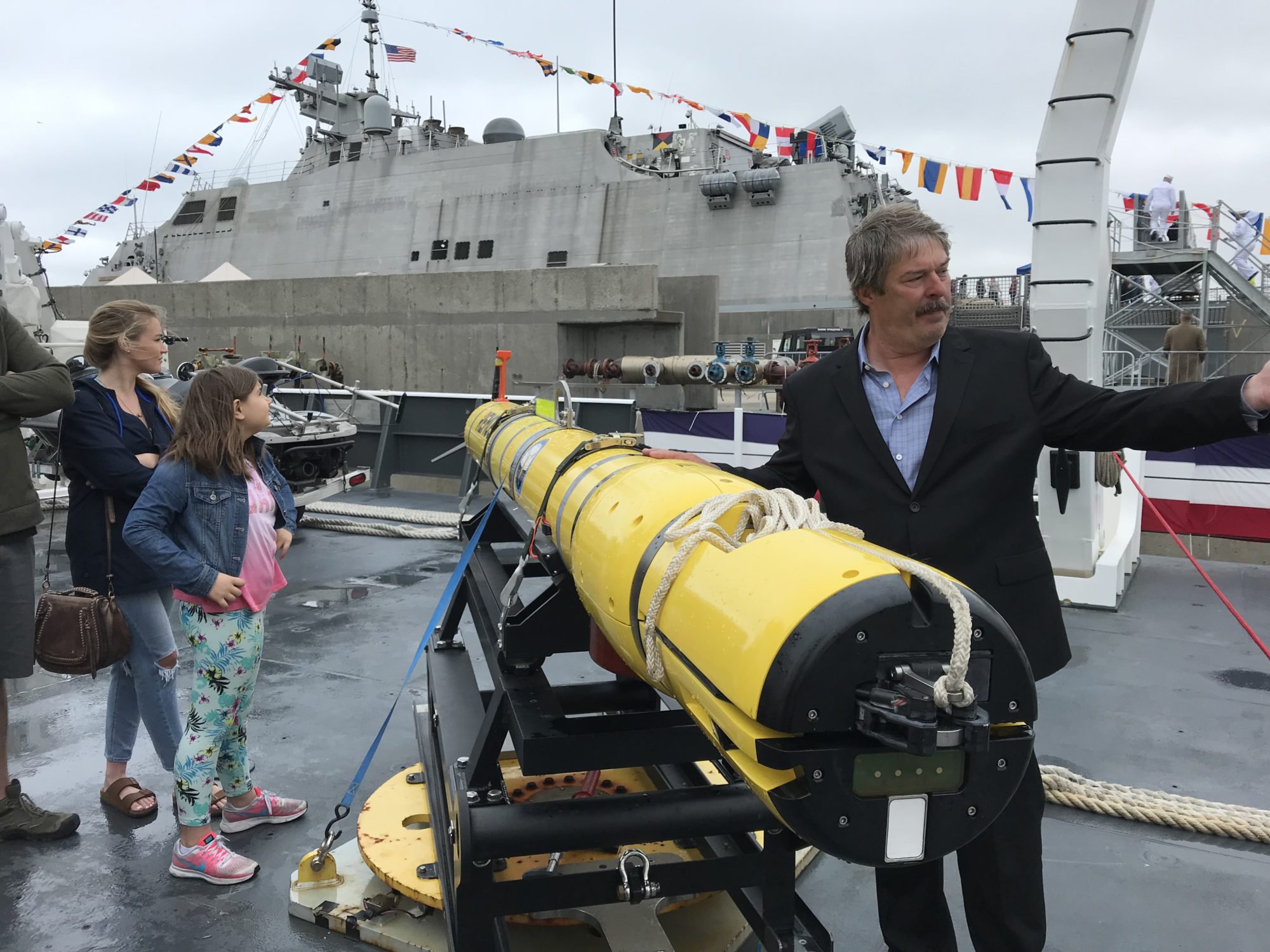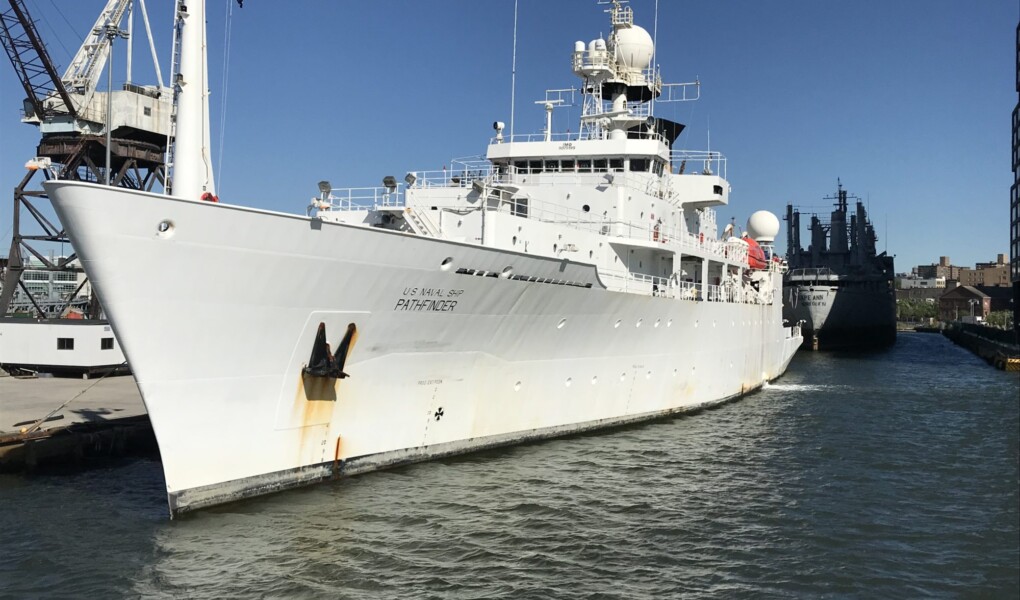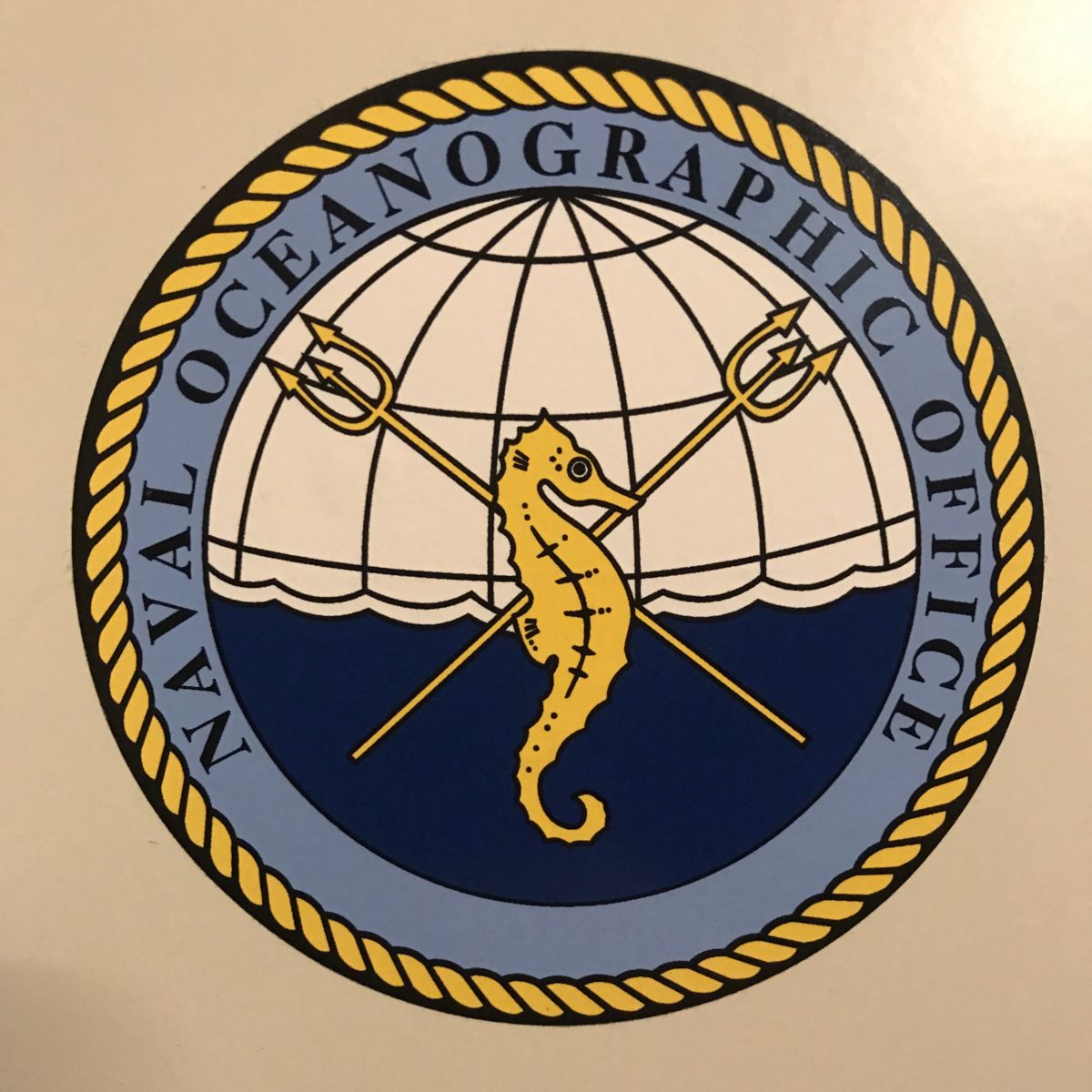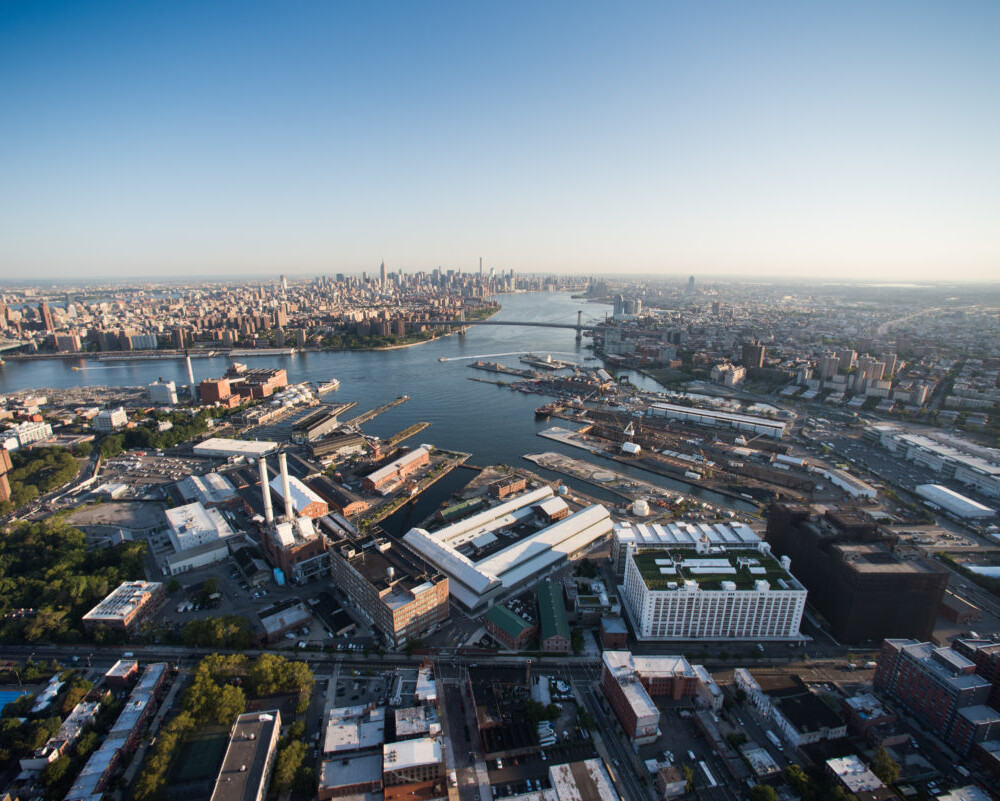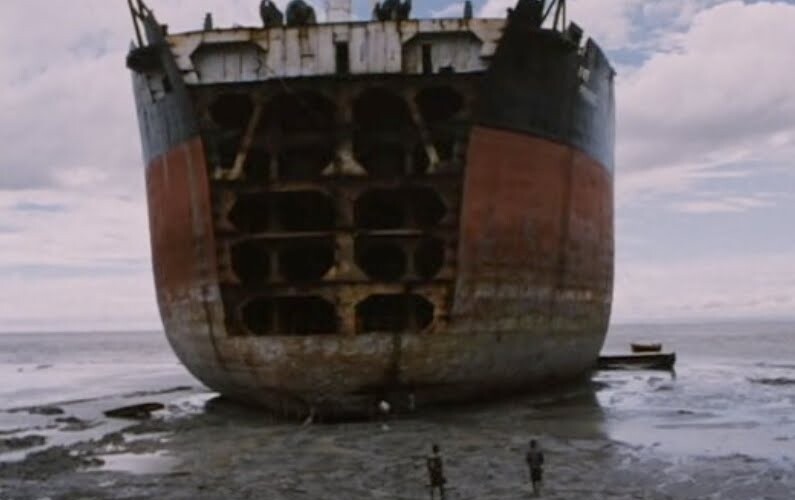At the Brooklyn Navy Yard‘s shipyard, operated by GMD, they repair mostly commercial ships, but they also get a fair number of federal government contracts. The shipyard does not repair US Navy combat ships, but we are currently hosting nearly every other federal agency that operates ships, with vessels from the US Coast Guard, Maritime Administration, National Oceanographic and Atmospheric Administration, and Military Sealift Command. Right now, a unique MSC ship from the US Navy Oceanographic Office is in dry dock, USNS Pathfinder.
Currently in Dry Dock 5, we have two ships that may appear similar, but perform very different functions. The NOAA ship Thomas Jefferson is an oceanographic survey ship that was originally owned by the Navy as USNS Littlehales, but transferred to NOAA in 2003. Much of NOAA’s work is to provide data for civilian scientific research and mapping, including the nautical charts that professional mariners and recreational boaters use. Thomas Jefferson performed the most recent comprehensive hydrographic survey of New York Harbor, completed in 2006.
Next to it is Pathfinder, a ship owned by the Navy but crewed largely by civilian mariners and scientists. The Naval Oceanographic Office is tasked with collecting data about the world’s oceans for the Department of Defense. Unlike NOAA, this data is highly classified, and this ship is teeming with specialized sensors and computing equipment for crunching vast amounts of information. While we don’t repair warfighting ships at the Yard, much of what the Navy does below the sea’s surface would not be possible without the data supplied by Pathfinder and its five sister ships. Detailed information on everything in the ocean from bathymetry and currents to chemistry and magnetic fields is used to improve the ability to detect underwater threats – i.e. submarines.
Pathfinder was the first in its namesake class, but last year, we had the opportunity to go aboard the newest, USNS Maury, which was visiting for Fleet Week New York 2018. While they did not take us to every corner of the highly-specialized vessel, we did get to see some of the equipment that they use, including autonomous underwater vehicles (AUVs) and the ship’s large well deck for deploying them (a feature that is absent from the older models like Pathfinder).
